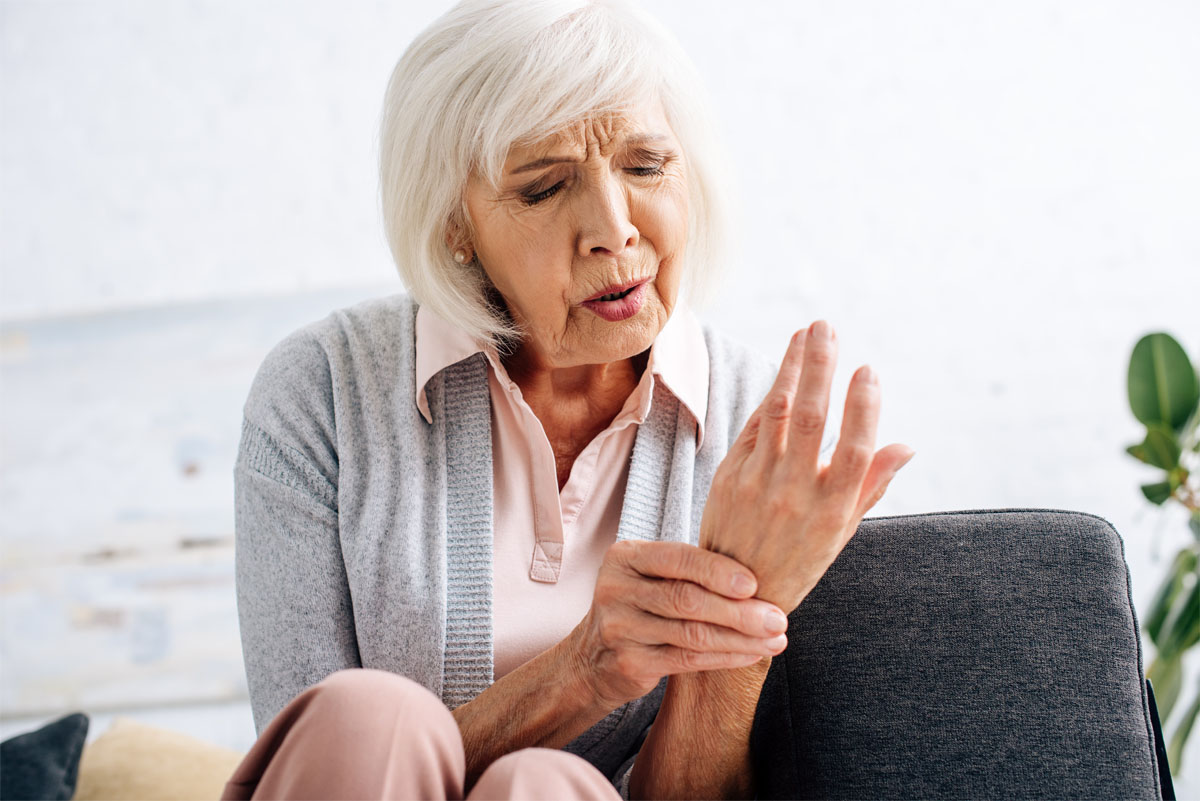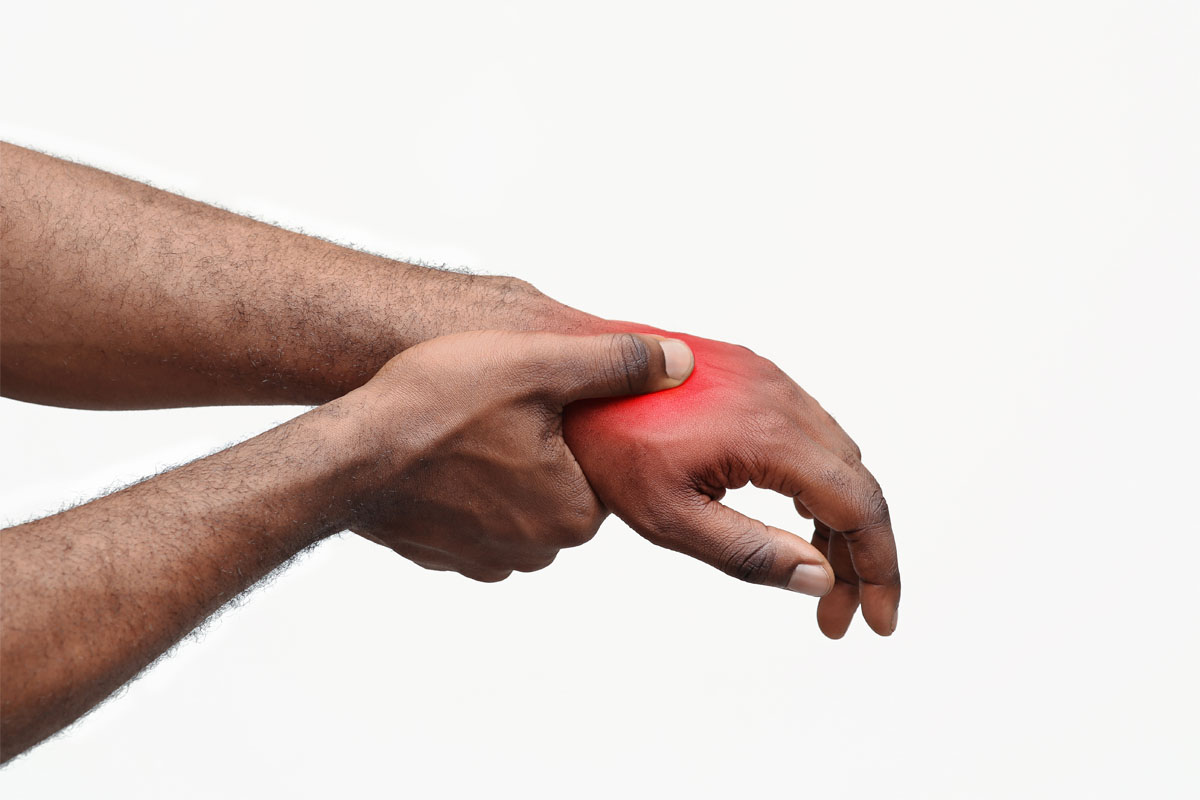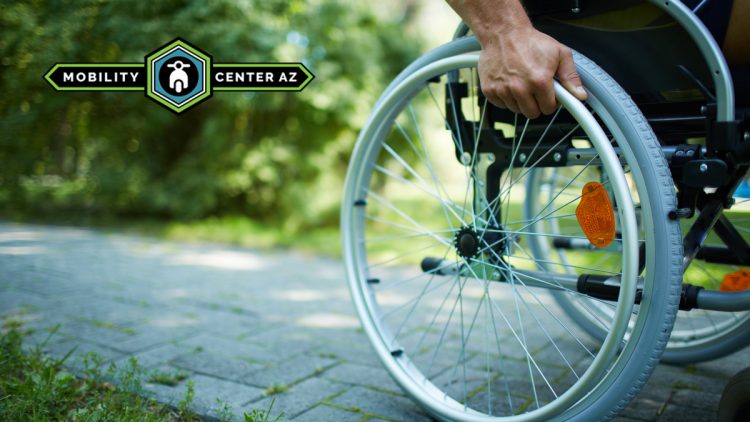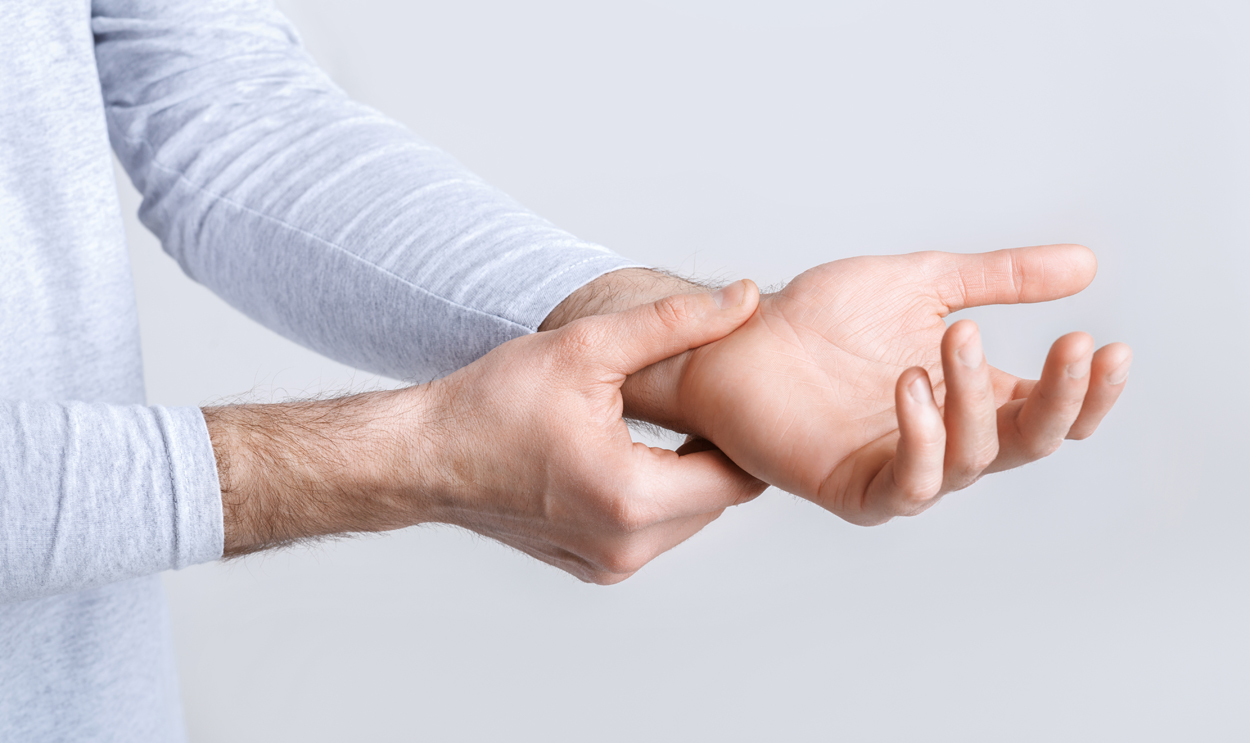Types of Rheumatoid Arthritis

The two primary Types of rheumatoid arthritis (RA) are seronegative and seropositive RA, with juvenile RA being another kind that only impacts children.
Rheumatoid Arthritis is an autoimmune disease that causes inflammation in your joints and may impact other parts of your body additionally. The types of rheumatoid arthritis are chronic, gradual condition that has the potential to seriously damage the impacted joints. Each year, forty-one out of one-hundred thousand people are diagnosed with RA.
How are the Types of Rheumatoid Arthritis Diagnosed?
The diagnosis of RA comprises of blood tests: anti-cyclic citrullinated peptide (anti-CCP) antibodies, C-reactive protein (CRP), rheumatoid factor (RF), and erythrocyte sedimentation rate (ESR)
Seronegative Rheumatoid Arthritis
Seronegative RA, in which RA and anti-CCP are not present, is less prevalent than the seropositive type. In early 2000 studies, twelve out of every one-hundred thousand RA patients were seronegative, and has increased to twenty per one-hundred thousand in the following years. This type of Rheumatoid Arthritis causes the typical RA symptoms, but they are usually less severe and can be uncertain. A diagnosis of seronegative RA is based on symptoms and signs of the condition, including joint stiffness, morning stiffness, pain, swelling, and symmetrical involvement of several joints. Liken to seropositive RA, related symptoms are not uncommon, like fatigue and fever. Rheumatoid nodules, lung issues, and vasculitis are not as likely in seronegative RA.
Seropositive Rheumatoid Arthritis
A seropositive RA diagnosis alludes to positive RF and/or anti-CCP blood tests. Anti-CCP is used to distinguish antibodies that attack your body’s healthy cells, in which leads to inflammation. The symptoms are lifelong and can improve or flare up sometimes, causing pain, stiffness, and joint swelling. Several joints are going to be involved, and they’re usually impacted symmetrically (for instance, each knee is usually impacted instead of just one). Seropositive Rheumatoid Arthritis is deemed to be more progressive and serious than seronegative RA. Seropositive RA is associated with more damage to joints, rheumatoid nodules, deformity, lung issues, vasculitis development, and further-articular systems.
Juvenile Idiopathic Rheumatoid Arthritis
Juvenile RA, often known as Juvenile Idiopathic Arthritis (JIA), is a type of RA that impacts those aged sixteen and under. While children usually have growing pains, the stiffness, pain and swelling of juvenile idiopathic arthritis are indications of disease and requires treatment. Children that have it may also have rash, fevers, and lymph nodes that are swollen. The objective of Juvenile Idiopathic Arthritis treatment is to manage pain and inflammation to help keep the child social and active. Treatments for JIA include therapy and medications. In some cases, surgery may be justifiable.
Autoimmune Comorbidities
Rheumatoid Arthritis is associated with several comorbidities, which are inclined to be other autoimmune diseases. The most likely comorbidities associated with Rheumatoid Arthritis include:
- Thyroiditis
- Diabetes
- Lupus
Often the management of RA can lessen autoimmune disease activity and can result in an overall improvement throughout diseases.
What Comorbidities Exist in Rheumatoid Arthritis?
Conditions Sometimes Confused with Rheumatoid Arthritis
There are a lot of conditions that can be confused with Rheumatoid Arthritis because of similar symptoms. Many of these conditions are autoimmune, such as Rheumatoid Arthritis, and some are not.
Conditions usually confused for Rheumatoid Arthritis comprise of:
- Fibromyalgia
- Chronic fatigue syndrome
- Anemia
- Sciatica
- Lyme disease
- Neuropathy
- Psoriatic arthritis
Studies have shown that there is usually a lag in Rheumatoid Arthritis diagnosis following the initial symptoms beginning. It’s also likely to have a misdiagnosis prior to the more pronounced, serious symptoms of Rheumatoid Arthritis arise.
A Word From Mobility Center
The types of Rheumatoid Arthritis are serious, life-long diseases, but with the proper treatment, you can maintain a good standard of living. Monitoring your own symptoms and flareups can help you and your health care provider in establishing how well your medication(s) is working. Whereas finding out your Rheumatoid Arthritis type is not going to necessarily change your treatment, knowing the various types can help guide your projections.
Mobility Center In Mesa, Arizona
Mobility Center has been proudly serving the entire Phoenix, Arizona area since 1975 with the finest in mobility aids, scooters, wheel chairs, lifts and support equipment. Visit our convenient location to see the products and receive the individual attention that you deserve. Our service area includes Mesa, Apache Junction, Tempe, Chandler, Scottsdale, Phoenix, Glendale, Surprise, and Sun City. More Articles About Senior Living
- Best Walking Canes
- What Is a Rollator?
- 10 Common Mobility Scooter Problems
- Wheel Chairs Near Me
- Why Might An Older House Have More Safety Risks Than A New One?
- Types Of Mobility Aids
- How Much Does a Stair Lift Cost?
- Balance Exercises For Seniors
- 65 Quotes About Getting Older
- Elderly Home Safety Checklist
- The Best Places To Retire In Arizona
- Wheel Chairs For Sale In Phoenix, Arizona
- How Much Does A Wheelchair Cost?
- Top 5 Best Walkers For Seniors






